Creativity Unveiled: Exploring the Intersection of Art and Science
Back to Posts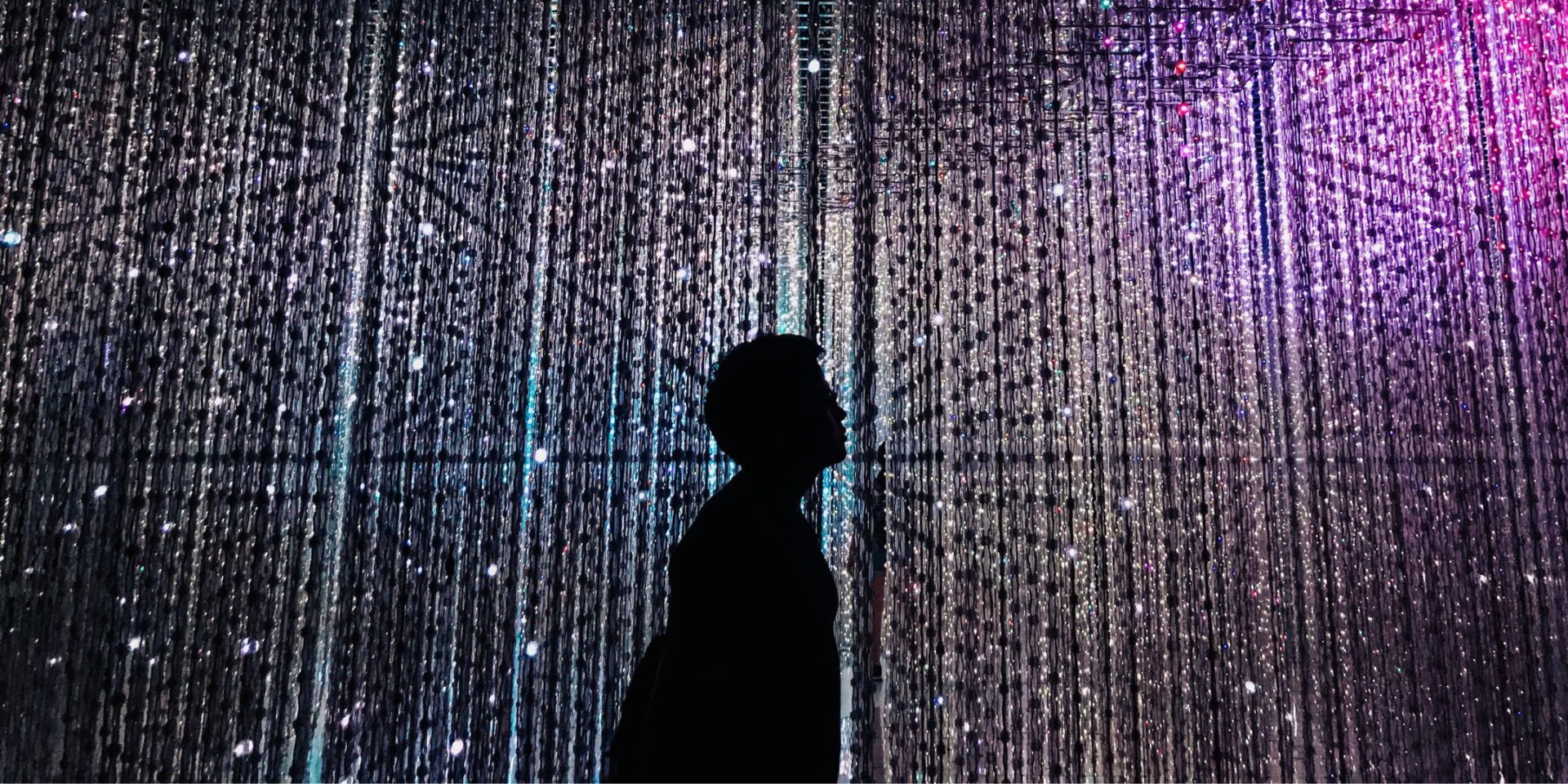
Art and Science
Although art and science are often thought of as distinct entities, a closer look reveals a profound and interconnected relationship between them.
Just as artists delve into imaginative thinking, scientists engage in similar explorations, pushing the boundaries of conventional knowledge. Simultaneously, the innovative thinking and creative spark artists bring to their work are mirrored in the scientific community, where unconventional ideas and inventive solutions pave the way for transformative discoveries.
SCWIST recently held an event where we showcased unique pieces of art made by members of our community. Scroll down to discover how the fusion of art and science can spark inspiration while encouraging curiosity and a love for learning.
Chaos in the cosmos ecosystem: an unending tale of scientific mystery and awe, 2023
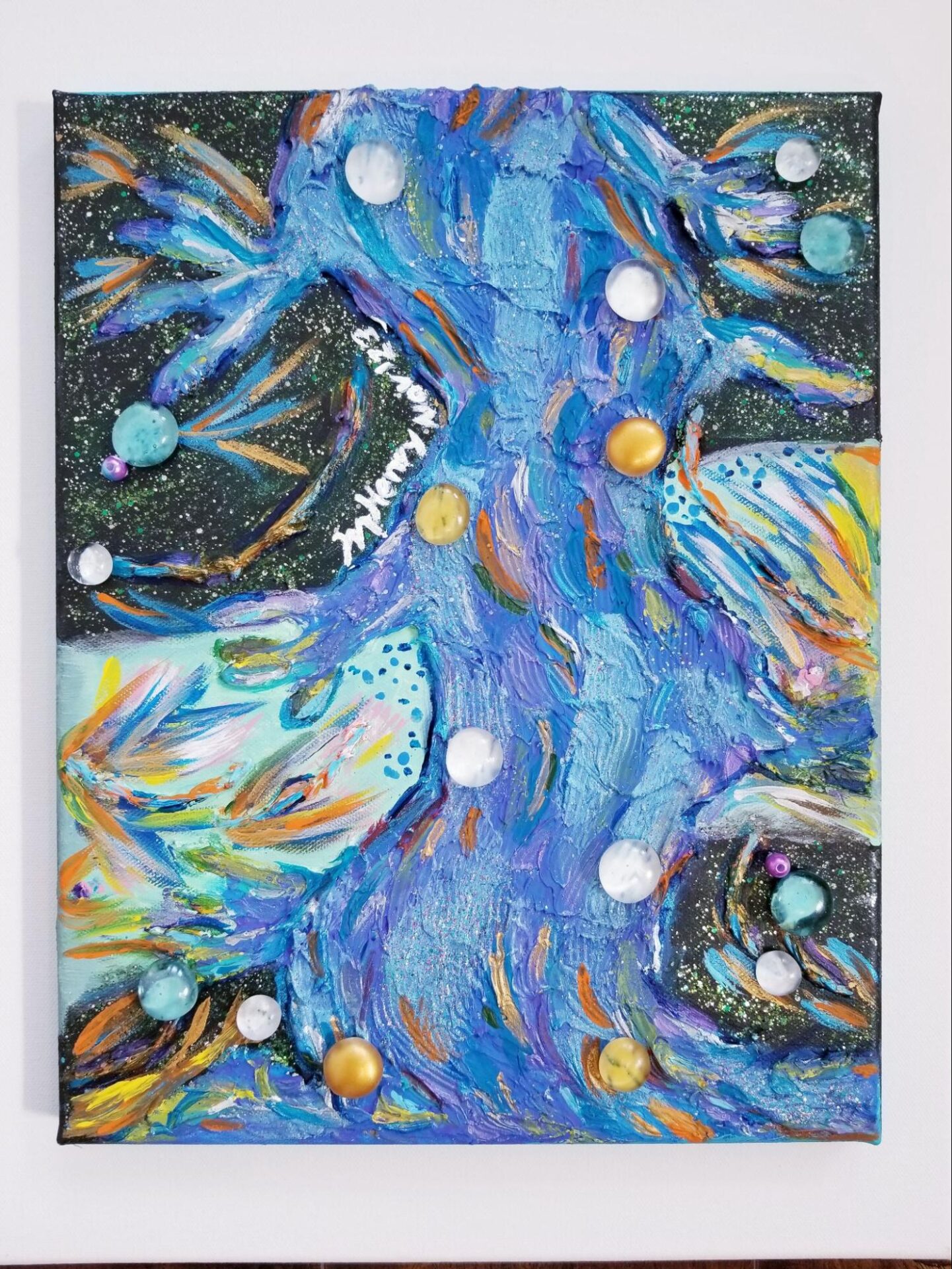
By Mariama Henry, MSc – Scientist | Artist | Educator
Artwork Medium: 11″ x 14″ x 0.75″ Acrylic mixed media on canvas, an original mixed media abstract artwork piece. Image credits: © 2023 Mariama Henry. All Rights Reserved.
In my artwork piece, the river of arts and science (which runs through the middle of my artwork, depicted by the multicoloured blue and purple waves) is the central core of STEM/STEAM educational pathways. The river, which permeates throughout the land on Earth and also stretches as far as into the cosmos galaxies, is the engine that propels creativity, innovation in arts and science, artistic expression, scientific investigation, analysis, discovery and collaborations among artists, scientists, educators and other interdisciplinary fields, which is depicted in my artwork piece as the blue, yellow/gold, white/clear glass gems.
Mariama is also a former SCWIST member. To see more of her artwork portfolio, you can follow her on Instagram.
Unmasking
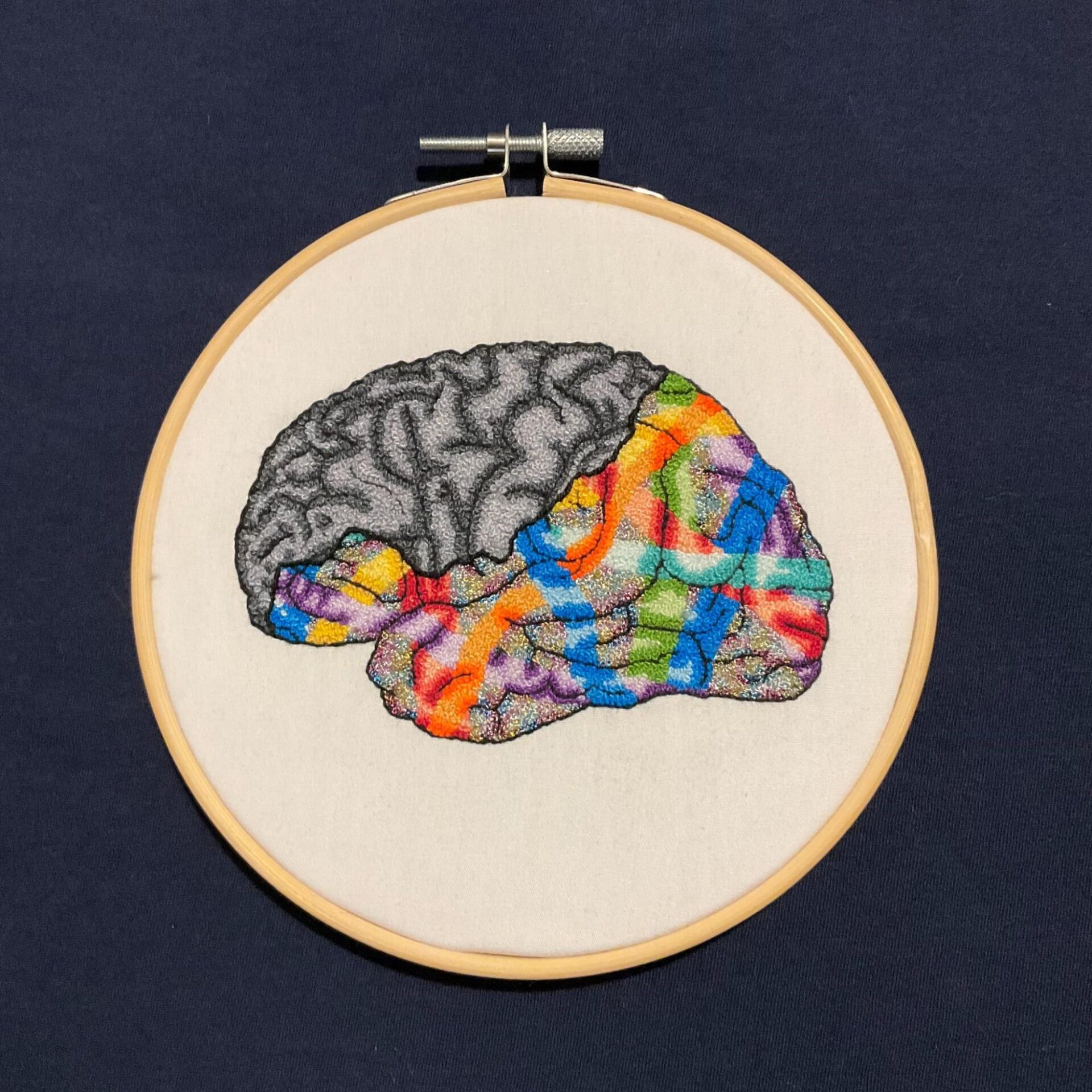
By Carolyn (Guay) Davidson, Ph.D. Candidate in the Department of Psychology at the University of Toronto
This piece is titled “Unmasking” because it represents the process of shedding the societal expectations that prevent neurodivergent individuals from embracing the unique ways our brains engage with the world. Through the medium of embroidery, and drawing on personal experience, this piece illustrates both the inhibitory efforts from regions in the frontal cortex that work to suppress markers of neurodivergent behaviour as well as the rich and vibrant (though perhaps at times overstimulating or chaotic) inner worlds that many neurodivergent individuals experience.
Follow Carolyn on Instagram to see more of her embroidery.
LiDAR made Beautiful
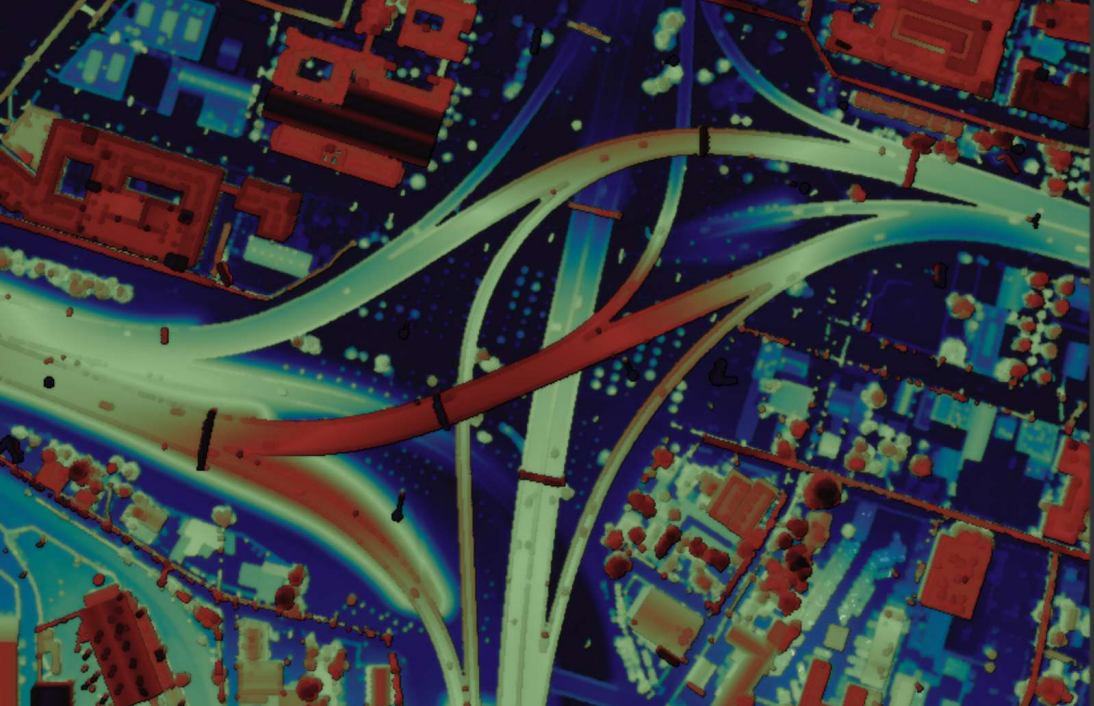
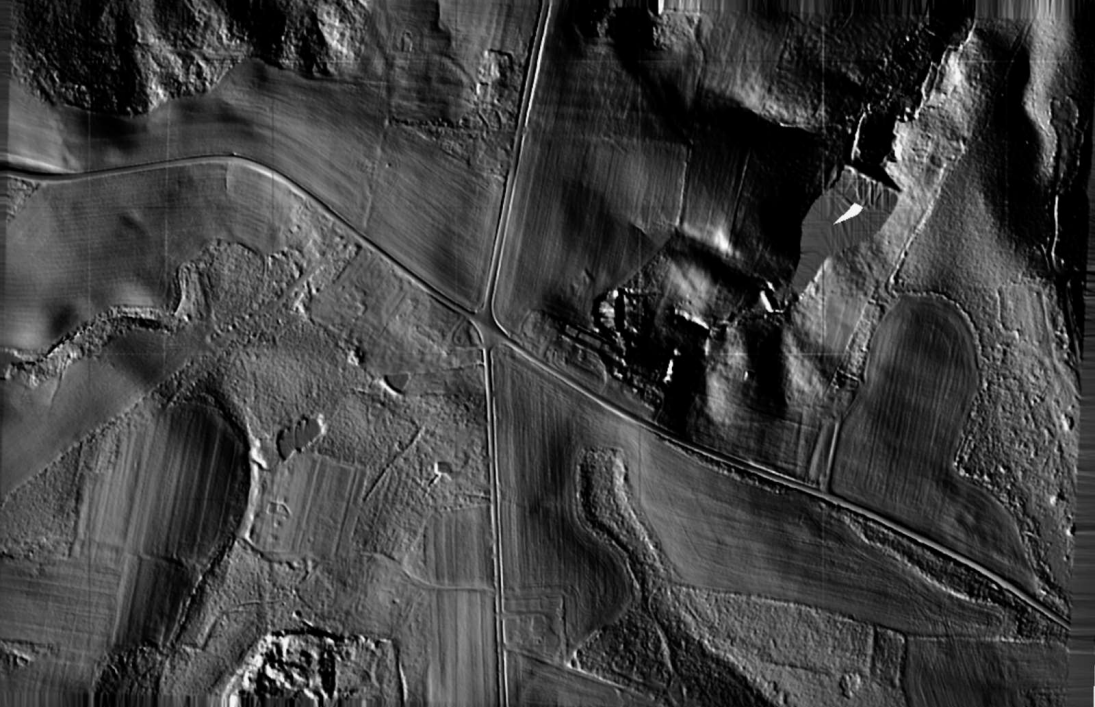
By Lindsay Mooradian, P.Eng, Equator Studios
LiDAR stands for Light Detection and Ranging, and is an active remote sensing technology used to scan the Earth’s surface. LiDAR uses lasers to measure distances and create highly detailed 3D point cloud maps and surfaces. These point clouds are critical in the fields of science, technology, engineering, and mathematics (STEM). For example, in science, it aids in environmental monitoring, archaeological discoveries, and more. In technology, it’s essential for autonomous vehicles and robotics. Engineers harness LiDAR for urban planning and infrastructure design, while mathematicians use it to process vast amounts of data.
LiDAR instruments, which were first developed in the 1960’s, consist of a laser, a scanner and a specialized Global Positioning System (GPS). Over the course of LiDAR’s history, a few brilliant women have played pivotal roles in shaping the technology into what it has become today. Most notable is Dr. Gladys West, a female mathematician who was instrumental in the development of GPS, through the development of satellite geodesy models. Since the 1960’s, many other females have studied and helped to develop LiDAR technology and have made amazing discoveries using the technology.
LiDAR is an innovative tool that is a prime example of how STEM disciplines collaborate to create transformative solutions for a wide range of applications, shaping the world we live in today.
Nightsky & Shark Stewards
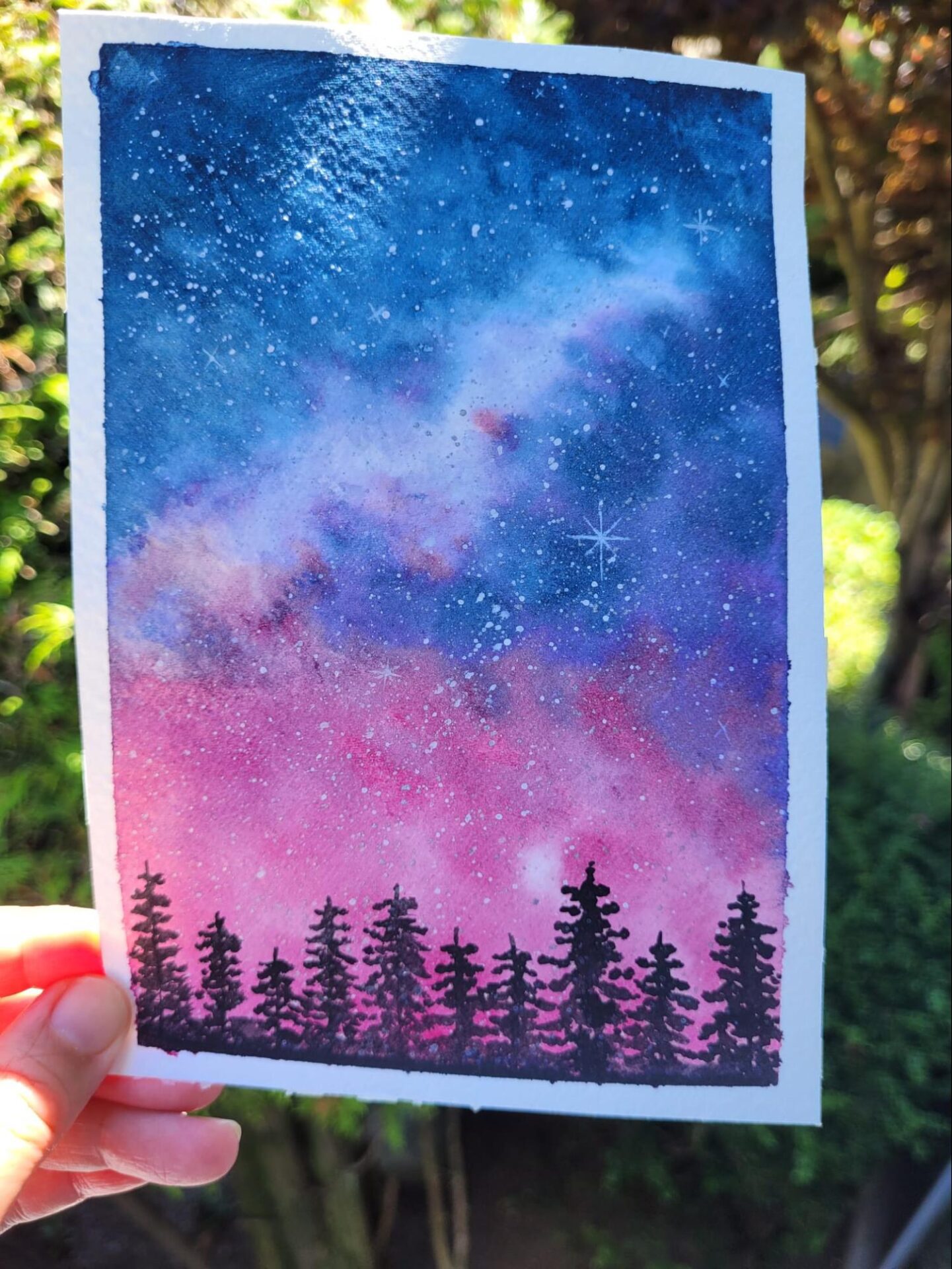

By Megumi Tanami-Hendricks, grade 10 student
I create pieces using various media (watercolour, pen & ink, crochet, sewing). My art is connected by themes of sustainability, environmental stewardship, the vastness and inspiring beauty, symmetry, and patterns of our world and the cosmos.
Study the science of art. Study the art of science. Develop your senses–learn how to see. Realize that everything connects to everything else.
– Leonardo Da Vinci
Keep in Touch
Do you make science-based art? We would love to hear about it. You can connect with us on LinkedIn, Instagram, X and Facebook or by signing up for our newsletter.